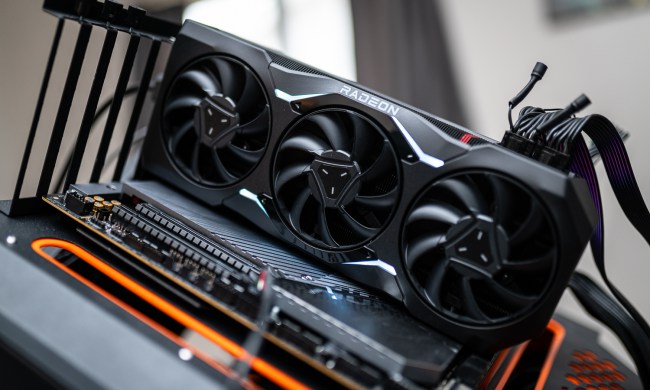AMD has dominated the desktop crowd for the past few years. Both Newegg’s and Amazon’s best sellers lists are washed in a sea of red, with the recent Ryzen 5000 processors occupying nearly all of the top slots. AMD has dominated at international retailers, too, including at Mindfactory, one of Germany’s top electronics retailers.
Every month, Redditor u/igebor publishes data about CPU sales at Mindfactory. The most recent report shows a slight slip for AMD, who has otherwise held a commanding lead for the past few months. In May 2021, AMD peaked at 85% of all Mindfactory CPU sales, before moving to 82% of the share in June. The most recent report includes July, with AMD at 76% and Intel at 24%.

That 24% is the largest share Intel has had since April 2020, suggesting that Team Blue might be making a bit of a comeback. Intel just revealed a road map through 2025, which lays bare how the company plans to regain the ground it has lost to AMD over the last few years. And the first step in that process is Alder Lake.
Alder Lake is Intel’s next generation of processors, and they’re set to launch later this year. They’re built using an entirely new architecture for Intel, in which the company combines big, high-performance cores with little, high-efficiency cores to boost multi-core performance and better delegate work to points on the processor.
If there’s ever been a time for Intel to punch back, it’s now. Following the success of Comet Lake processors — which still comprise the majority of Intel sales at Mindfactory — Intel released Rocket Lake processors, which were basically pushed Comet Lake chips at higher price points. Alder Lake is entirely new, which is something Intel has needed for a while.
The data from Mindfactory shows that buyers are still making purchases based on price and performance. It shows that Intel processors dropped about 10% in price in July 2021, while AMD processors grew by almost 1%. The dropping prices of Comet Lake processors is likely why Intel gained back some market share.
If the performance rumors about Alder Lake turn out true, Intel could regain the crown. Price is going to play an important role, however. AMD has steadily raised the prices of CPUs, showing just how much of a lead it has over Intel. At Mindfactory, at least, AMD made up 81% of CPU revenue in July. Intel’s revenue share largely came from Comet Lake, which are last-gen parts with falling prices.
Of course, Mindfactory is only a single retailer, but it’s interesting to see the ebb and flow of sales over the past year and change. Alder Lake could turn things around in Intel’s favor, but AMD has yet to reveal what it has in store with its Zen 4 architecture in 2022.




